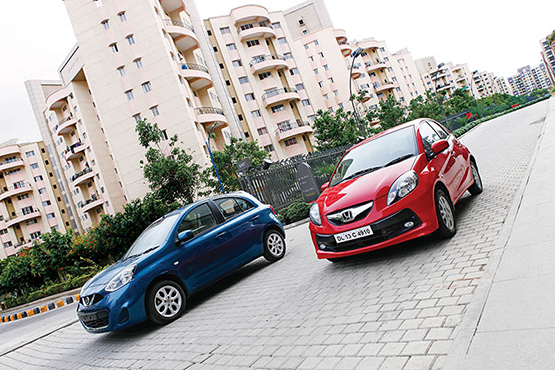
We take two exciting compact hatchbacks with auto ‘boxes for a spin. Will one become the ‘automatic’ choice?
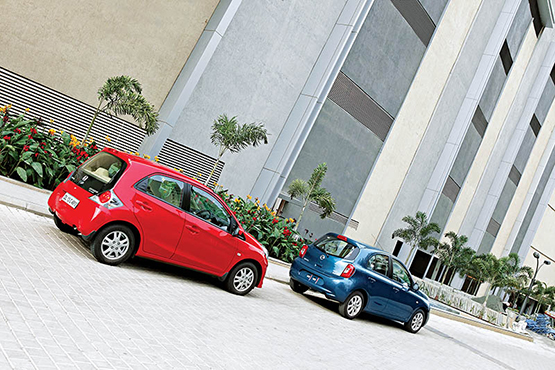
Small is certainly becoming big in today’s world. So much is being packed into small packages that everything from a mobile phone to a hatchback could give dynamite a run for its money. However, the onslaught of all things small has seen their increasing numbers take a toll on infrastructure, especially here in India. Traffic has gone up exponentially in quantity, with quality taking a back seat or, in many cases, being ignored altogether. So then, how does one get around without facing the unwelcome prospect of getting seriously injured every single day? Two-wheelers aren’t always the solution and a big four-wheeler can prove cumbersome in times of traffic. Enter the little automatic hatchback.

Of late the automatic car market has seen sales figures go up noticeably. The number of automatic-transmission-equipped hatchbacks is on the rise. No more are auto ‘boxes the domain of the executive saloon; the current scenario on our roads has shown that smaller, more practical five-doors need them just as much. One thing you may notice is that all the hatchbacks available with an automatic transmission are all petrol-powered, except for the much more expensive Mercedes-Benz A180 CDI. But this story is not about expensive, diesel automatic hatchbacks; it’s about inexpensive petrol automatic hatchbacks.

What we have here are two new kids on the block: the Honda Brio VX AT and the Nissan Micra XV Xtronic CVT. One is relatively new on the scene while the other has received a facelift and an auto-box. While both the transmissions use different technology altogether – one with clunking gears and the other with big steel bands – the hope behind them both is the same: make life easier for those going from point A to B, with a dose of fun thrown in to add some life to the drive. So how do they measure up? Let’s find out.

The first thing you notice about these two cars is that they are completely different in their demeanour. The Micra is curvaceous and looks quite large given its compact dimensions. It even features some interesting details on the roof, which look like they’re there to channel air into curves for better downforce. That’s supercar-like stuff there. The Brio, on the other hand, looks sharp, almost chiselled and belies its dimensions. Looks, though, are entirely subjective and while a curvy beauty may get many followers, a sharp-dresser who means business will never fall short on that count either. However, when it comes to car ownership, looks shouldn’t really be a deciding factor. It may be cliché, but it is the truth: it’s what’s on the inside that counts!

The interiors are something which can make or break a deal. And, surprisingly, both these cars have some elements which make, and some which break, their case. Wondering what I’m on about? Let me explain. The Honda Brio and the Nissan Micra are both well-engineered cars and it shows from their quality and levels of fit-and-finish. However, that’s where their similarities end. The Brio may look smaller, but it offers much more space on the inside. Passenger room up front isn’t a bother in either of them, but step in the back and there’s a world of difference. The Brio makes you believe that a magical extension charm has been invoked. The rear leg room is good and so is the headroom. Even tall passengers won’t find it difficult to get comfortable in the back of the Brio. The Micra, on the other hand, loses out on rear legroom and how. You actually wonder what went wrong. The answer is simple: when you have a 4,000-mm length restriction, you can either get rear leg room or boot space. Honda have opted for the former, Nissan the latter.

Then there’s the actual interior itself. The Micra may not have the seating space you expect, but it makes up with good quality of materials used about the cabin. The controls too fall into place nicely and are within easy reach. The plastics feel more upmarket and the centre console looks very modern indeed. At the same time, there is a visible disagreement between circles and squares; and the air vents stress that point endlessly with squares in the centre and circles at each end. Another bother was the location of the seat adjustment levers: hidden behind the seat-belt linkage isn’t the best place for them. A few inches forward would have been immensely appreciated. A big plus on the safety front, apart from the inclusion of ABS and airbags, comes in the form of adjustable head-rests front and rear. In a country mass-deprived of safety-consciousness, it’s features like these that truly give footing to the definition of the term ‘value-added’.

Moving to the Brio now, the interior feels well laid out, but the quality of materials could be better. The centre console and all the controls are easy to understand, but some buttons seem a bit out-of-the-way and require a slightly out-stretched arm to get them to do your bidding. The seating is also very comfortable, but the single-piece backrests up front and the utter lack of headrests for rear passengers is shocking. It’s worse for tall people as the little stub feels more than uncomfortable gnawing at your upper back, miles away from where a human head is usually located. However, on the up side, there is no shortage of space, like we said earlier.

Let’s talk about another important bit now: how they drive. Both the Micra and the Brio are powered by 1.2-litre petrol engines. The Micra serves up 76 PS and 104 Nm of torque while the Brio, with its i-VTEC motor, has a more potent 88 PS and 109 Nm of torque. That’s not bad power at all for a hatchback. But then there’s the matter of how it’s put down. The Micra has Nissan’s Xtronic CVT system while the Brio uses a more conventional five-speed automatic gearbox (see box). The CVT responds in a mild-mannered way, with the engine not sounding too loud at all. The system changes ratios seamlessly and the engine revving away makes you wonder if they are indeed in sync. But the bottom line is that the power is there, even if it does take some coaxing and a strained top-end. In our acceleration test, the Micra managed 0-60 km/h in 7.5 seconds and a sub-five second roll-on time from 40 to 70 km/h. What also got our attention for all the wrong reasons was the stiff suspension and unexpected body-roll. While you usually don’t see both those terms in the same sentence, surprisingly that’s the ugly truth. The car goes through bumps very audibly and the thuds filter through in more ways than one. Cornering isn’t too bad at all, but with the roll making its presence felt, it isn’t the best way to go around.

The Brio, on the other hand, has a rev-happy engine and this becomes obvious anytime you floor it. The engine speed heads north and the anxious gearbox holds the revs almost religiously till the red line. The engine does seem a bit noisy, but it doesn’t feel strained by any means. The five-speed auto ‘box does shift up early if you are easy on the throttle. There’s even a little ‘ECO’ light above the gear-lever position display, which notifies you when you’re being green, by turning a bright shade of green itself. Nice touch, that. On the move, the Brio feels more planted and very stable. It handles well and behaves predictably in all situations. The ride quality is better and the suspension feels more sorted for Indian road conditions.

Factors which were too close or nearly identical between both cars were their steering feel, which always returned good feedback, and the braking, which gave a sure-footed feel while assuring you that control is priority. Braking distances were short and times were quick on both cars and there was an appreciable absence of any drama whatsoever.
Now down to the consumption figures. Convenience comes at a price and these auto variants aren’t just more expensive to buy than their manual counterparts; they take larger sips of fuel too. Not that I meant to ruffle feathers, but the numbers aren’t too bad. The Micra returned nine km/l in the city and 15 km/l on the highway. The Brio managed slightly better figures with 11.5 km/l in the city and 16 km/l on the highway. City runs were, of course, with the air-conditioning turned on.

Verdict
Overall, there are several reasons why you would choose a Brio or a Micra and many could be down to the looks, but then again there are several other factors to take into account before you go ahead and choose your next automatic hatchback. There’s also the matter of the price. The Brio VX AT costs Rs 7.24 lakh, while the Micra is priced steeper at Rs 7.69 lakh (both OTR, Pune). Our verdict, though, was based on the car’s behaviour and the handling dynamics which shape how the whole driving experience turns out each and every time. In this case, the Brio takes top trumps, outshining the Micra in most areas, apart from the quality of the interior. But that’s something we can definitely live with.
 CVT v AT
CVT v AT
A continuously variable transmission (CVT), as the name suggests, can change seamlessly through an infinite number of what can be considered gear ratios between maximum and minimum values. The flexibility of a CVT allows the input shaft to maintain a constant angular velocity over a range of output velocities.

An automatic transmission (AT), meanwhile, is a mechanical transmission which offers a fixed number of gear ratios and uses a torque converter instead of a clutch to manage the connection between the transmission gearing and the engine. It is a sort of fluid coupling that allows the transmission to stay in gear and the engine to remain running while the vehicle is stationary, without stalling.
There are several reasons why you would choose a Brio or a Micra and many could be down to the looks, but then again there are several other factors to take into account before you choose your next automatic hatchback
Story: Jim Gorde
Photography: Sanjay Raikar



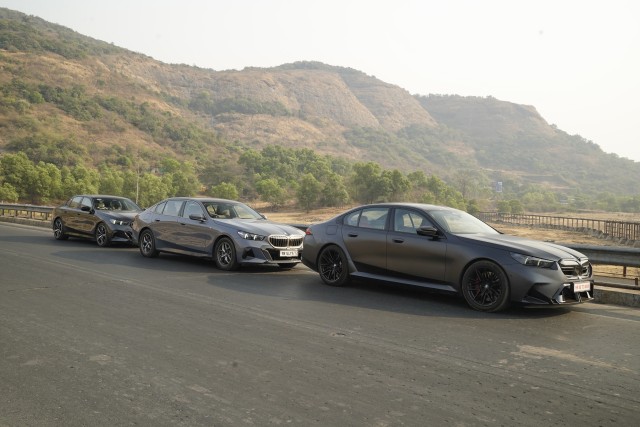
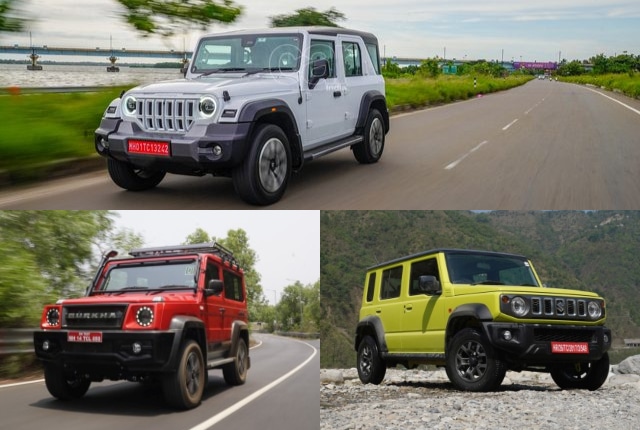

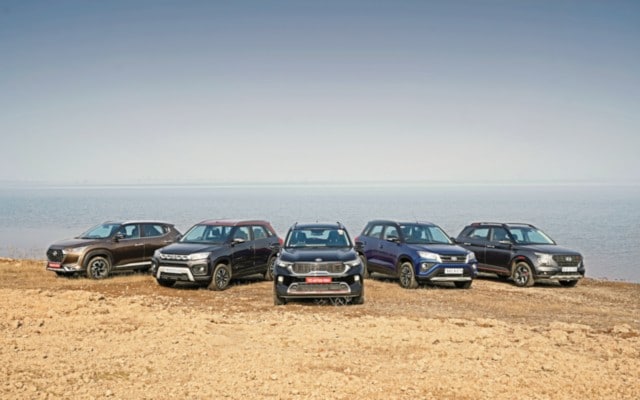
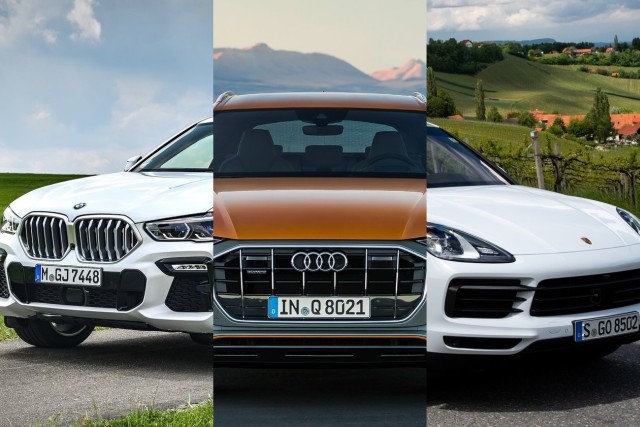
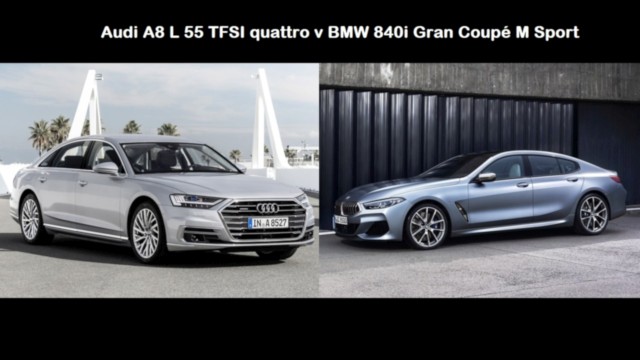
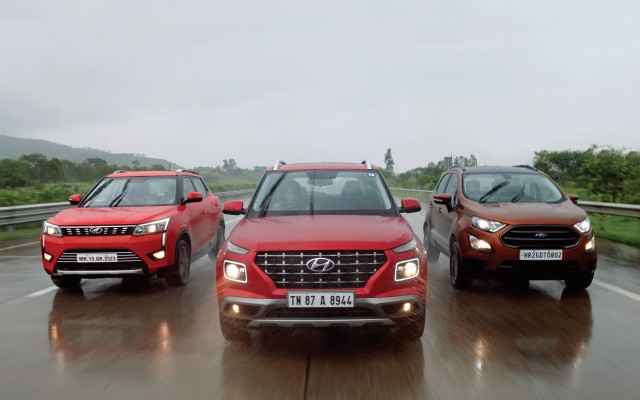
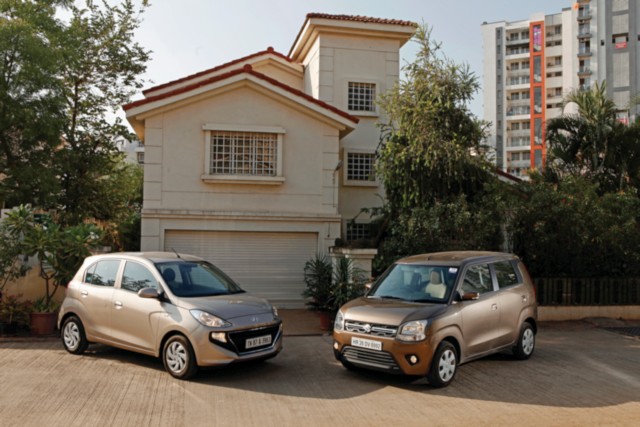
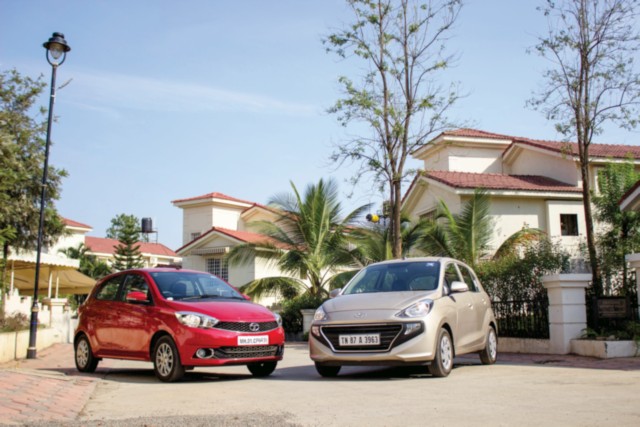
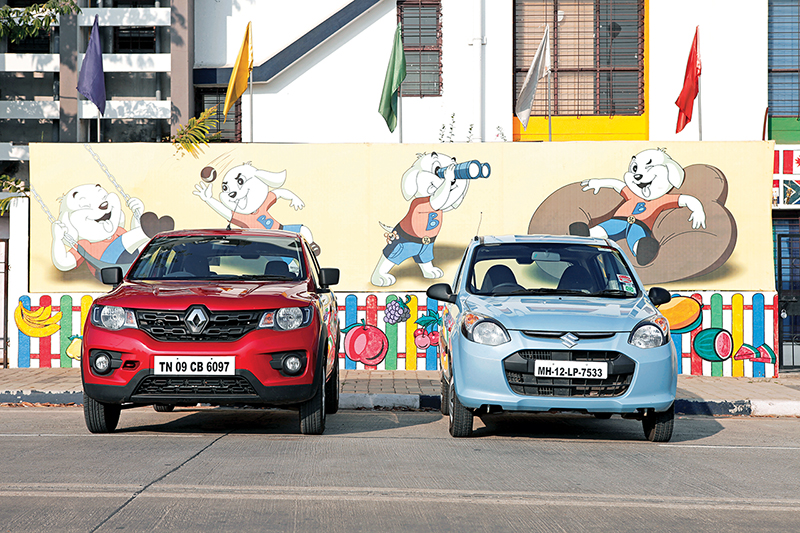
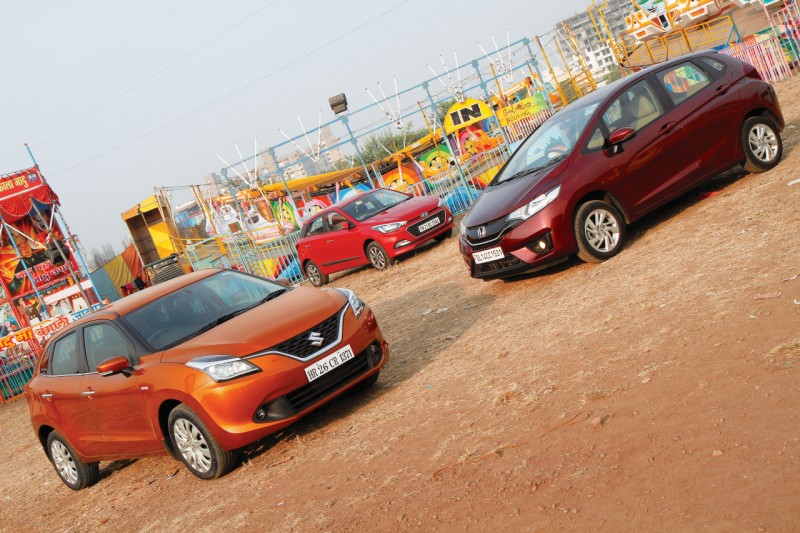

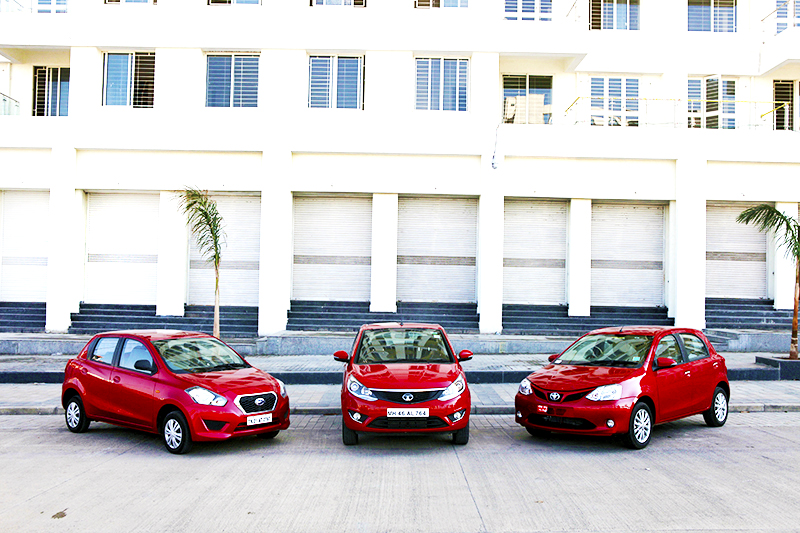
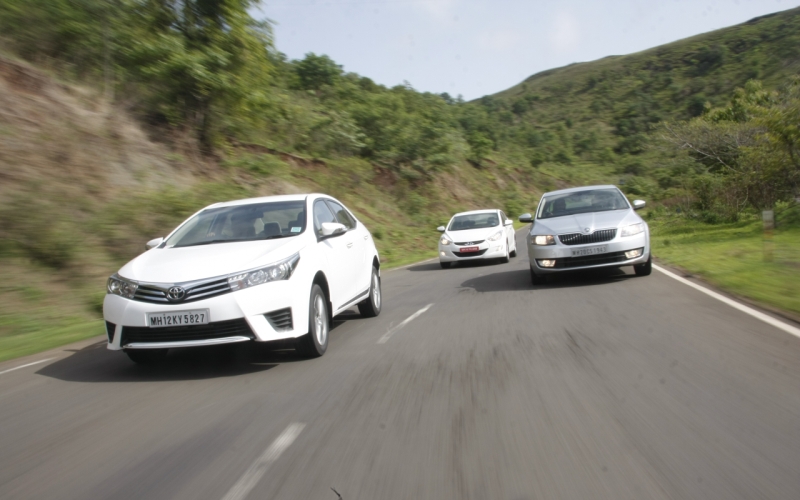
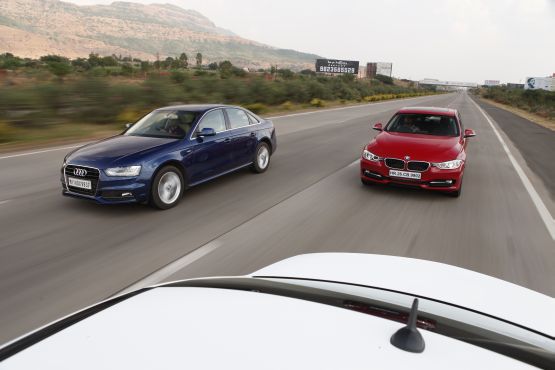




Leave a Reply